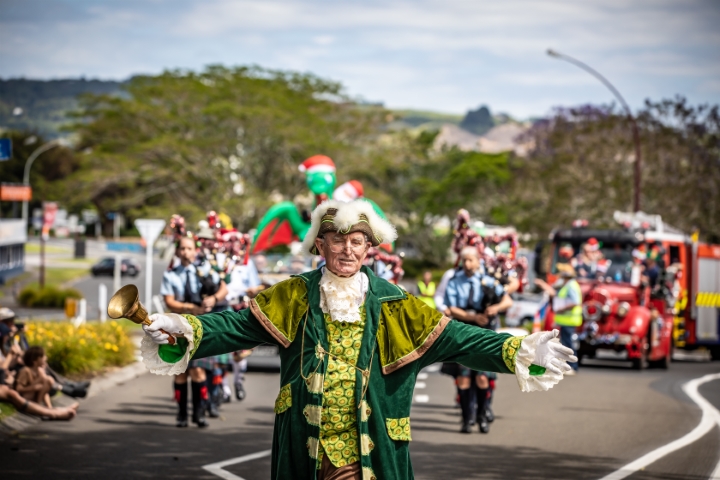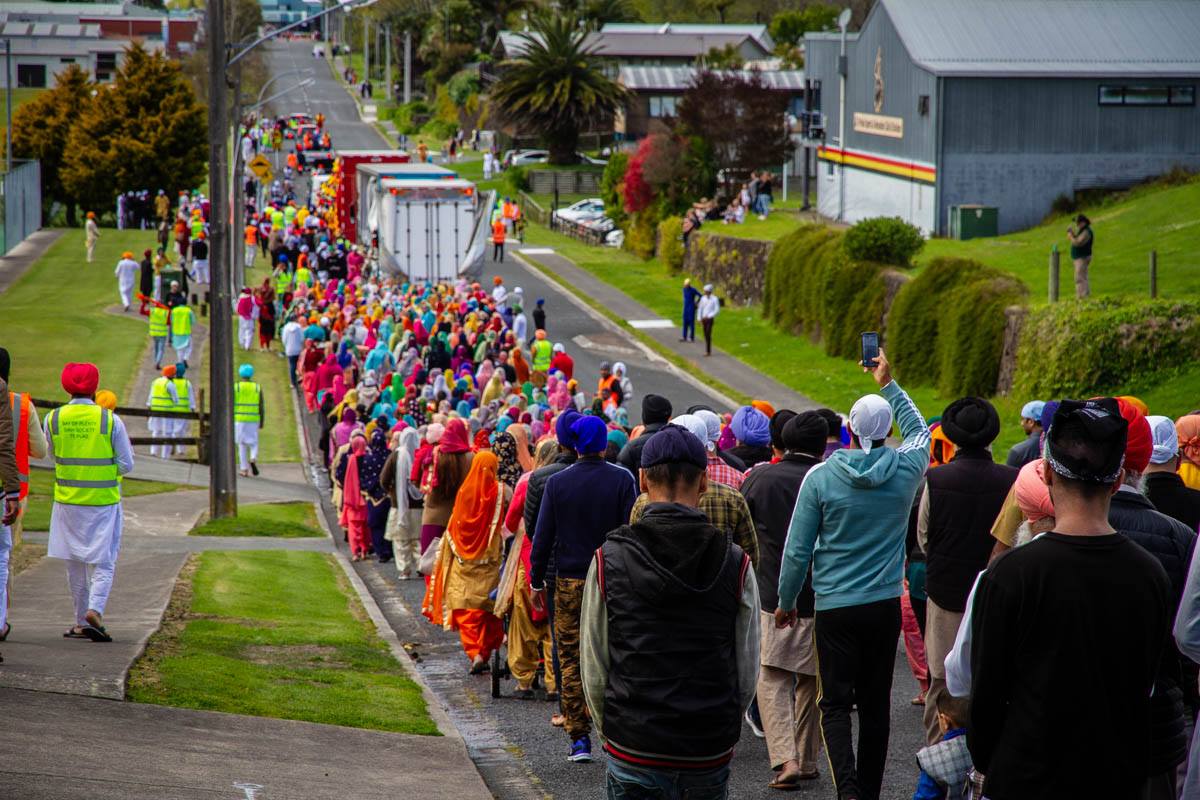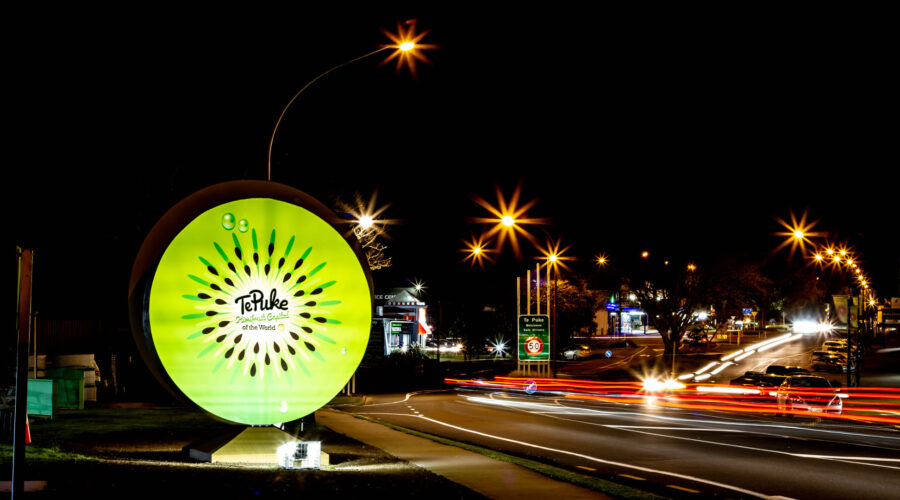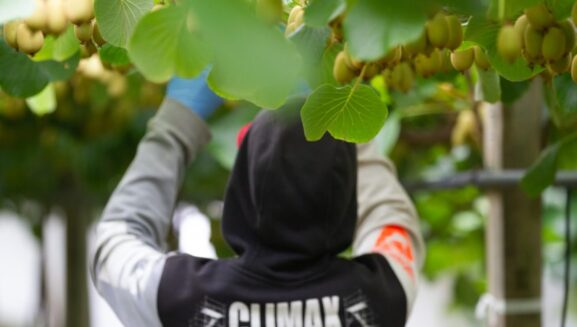Te Puke
With its location 18 kilometres southeast of Tauranga and a reputation as the “Kiwifruit capital of the world,” Te Puke gives you a concise insight into New Zealand’s Bay of Plenty: a horticulture-driven economy, active Māori marae and bilingual education options, historic rail links, and a growing population supported by local services. Use this overview to understand how fruit production, community institutions and transport shape life and work in Te Puke.
A Borough of Bounty: Te Puke’s Agricultural Roots
As you move beyond Jellicoe Street, agricultural activity defines the town: warm, moist climate and fertile soils support kiwifruit, avocado and citrus production, while dairy and other livestock graze nearby; harvests in April and May draw seasonal workers so the town’s population can swell past 10,000 in some seasons.
The Kiwifruit Capital
You see signage proclaiming Te Puke the “Kiwifruit capital of the world”; a large number of residents — and seasonal workers from nearby towns — work picking and packing in April and May, keeping orchards and packing houses operating through the intensive harvest window.

Diverse Crop Production
You can spot avocado orchards, lemon and orange blocks interspersed with kiwifruit vines; the district’s warm, moist climate and fertile soils enable sequential plantings and extend harvest windows, helping growers stagger labour needs across the year.
You also encounter mixed farming: avocados and citrus (lemons, oranges) sit alongside dairy cattle, so your local supply chain combines fruit packing with milk collection; during peak harvests in April–May the town can swell past 10,000 people as seasonal labour arrives, underscoring agriculture’s role as the district’s backbone.
Demographics of a Growing Community
Population reached an estimated 10,450 by June 2024, giving a density of 862 people per km2; the 2023 census recorded 9,114 residents, up 5.6% since 2018 and 24.4% since 2013. You will note 2,964 dwellings house 4,530 males, 4,566 females and 15 people of other genders, with 2.1% identifying as LGBTIQ+. That growth reflects Te Puke’s expanding housing and seasonal workforce patterns tied to horticulture.
Composition and Diversity
You can see a mixed ethnic profile: 61.1% European (Pākehā), 29.0% Māori, 20.3% Asian and 4.9% Pasifika, with some people identifying multiple ethnicities. English is spoken by 92.7% and Māori by 7.0%; 25.4% of residents were born overseas compared with 28.8% nationally, illustrating increasing cultural diversity that shapes schools, shops and services across the town.

Age and Gender Breakdown
The median age is 35.7 years versus 38.1 nationally, reflecting a younger population. Age cohorts include 1,782 (19.6%) under 15, 1,803 (19.8%) aged 15–29, 3,912 (42.9%) aged 30–64, and 1,614 (17.7%) aged 65+. Gender distribution remains balanced across working-age bands, which supports the town’s seasonal labour demands in kiwifruit and horticulture.
Digging into workforce and qualifications, of those 15+ you’ll find 3,687 (50.3%) employed full-time, 900 (12.3%) part-time and 273 (3.7%) unemployed. Educationally, 15.2% hold a bachelor’s or higher, 51.1% have post‑secondary certificates or diplomas; median income is $37,000 compared with $41,500 nationally, and 5.4% earn over $100,000, reflecting local industry and employment structure.
Historical Journey: From Settlement to Growth
Early Settlement Patterns
You encounter Te Puke’s Māori name—“the hill”—and the town’s location near the Papamoa Hills, reflecting an original Māori settlement pattern with five marae still affiliated to local iwi and hapū. European settlers established formal institutions early: Te Puke Primary opened in 1883 and Te Puke District High School began in 1923 (renamed Te Puke High School in 1954). These sites anchor the town’s shift from rural hamlet to organised service centre for surrounding farms.
Transportation Innovations
You trace major transport milestones to 1928 when the East Coast Main Trunk Railway reached Te Puke, bringing the Taneatua Express (1928–1959) and later an 88‑seater railcar service (1959–1967) that terminated at Te Puke. Decades later the Tauranga Eastern Link, completed in 2015, rerouted State Highway 2 and removed large volumes of through‑traffic from Jellicoe Street, reshaping local movement and commerce.
You can examine the rail era in more detail: the steam‑hauled Taneatua Express ran until February 1959, then gave way to the 88‑seater railcars which only ran as far as Te Puke until 1967; mechanical failures and poor patronage—partly due to the then‑circuitous Auckland–Bay of Plenty rail route—ended passenger services. Road upgrades since 2015 have redirected heavy traffic off town streets, easing seasonal logistics for kiwifruit pickers and packhouses when the workforce swells in April–May.
Education as a Foundation for the Future
Your schooling options in Te Puke span primary to secondary: Te Puke High School serves Years 9–13 with a roll of 1,054 (July 2025), while Fairhaven School (roll 500) and Te Puke Primary (293) serve Years 1–6 and feed Te Puke Intermediate (roll 508) for Years 7–8. Te Kura Kaupapa o Te Matai provides Māori immersion for Years 1–8 and is located 3 km southeast, creating a clear local pathway for students.
Schools and Educational Institutions
You can trace local schooling through Te Puke District High School (opened 1923, became Te Puke High School in 1954). Fairhaven opened in 1957; Te Puke Primary opened in 1883. Te Puke High School’s roll of 1,054 reflects growth alongside population rises—Te Puke reached 9,114 in 2023 and an estimated 10,450 in 2024—and these institutions support links to local horticulture employment.
Bilingual and Immersion Programs
You will find bilingual learning across the town: Fairhaven has a Māori language immersion unit, Te Puke Intermediate runs a bilingual Māori programme, and Te Kura Kaupapa o Te Matai became a full immersion kura in 1996 (roll 48) before reintroducing compulsory English in 2010. These programmes respond to local demographics—29.0% of residents identify as Māori and 7.0% speak Māori.
You benefit from continuity in Te Puke’s reo offerings: immersion learners at Fairhaven can progress into Te Puke Intermediate’s bilingual classes and then into secondary pathways at Te Puke High School, supporting language retention and cultural learning. Te Kura Kaupapa o Te Matai’s 48 students receive intensive Māori-medium education, while town-wide programmes help align cultural competence with local workforce needs in horticulture and seasonal employment.
Cultural Heritage and Community Identity
With 29.0% of Te Puke identifying as Māori, your sense of place will be informed by living traditions, marae activity and bilingual education. Local festivals, kapa haka and marae-hosted hui intersect with everyday life—schools, shops and volunteer groups often incorporate te reo and tikanga. Population shifts during kiwifruit seasons also bring diverse groups together at cultural events, reinforcing community identity through shared practices rather than isolated commemorations.
The Significance of Marae
Five marae in Te Puke, affiliated with local iwi and hapū, serve as meeting houses, venues for tangihanga and sites for intergenerational knowledge transfer; you will find them holding pōwhiri, whānau meetings and cultural training. Their role extends to social services and local decision-making, providing a customary framework that complements municipal structures and supports about 29% of the population who identify as Māori.
Integration of Māori Traditions
You encounter Māori traditions integrated into education and public life: Fairhaven School’s Māori language immersion unit (roll 500), Te Puke Intermediate’s bilingual programme (roll 508) and Te Kura Kaupapa o Te Matai (roll 48) exemplify institutional commitment to te reo and tikanga. Public events, signage and school curricula increasingly reflect Māori protocols, so your interactions in town routinely include te reo phrases, mihi and cultural observances.
Te Kura Kaupapa o Te Matai became a full immersion school in 1996 and, despite later curriculum adjustments, remains a focal point for language revival; it sits 3 km southeast of town. Marae-hosted wānanga, kapa haka exchanges with Te Puke High School (roll 1054) and bilingual units at primary and intermediate levels create measurable pathways for fluency, while local initiatives often pair kaumātua guidance with classroom programmes to sustain intergenerational transmission.
Final Words
Summing up, you’ll find Te Puke 18 kilometres southeast of Tauranga, named from Māori for “the hill”, and renowned as the world’s kiwifruit capital. Its growing population, horticulture-based economy, marae and schools shape community life, while transport links like the Tauranga Eastern Link have eased local traffic. Your view reveals a blend of agricultural strength, cultural roots and steady development.



